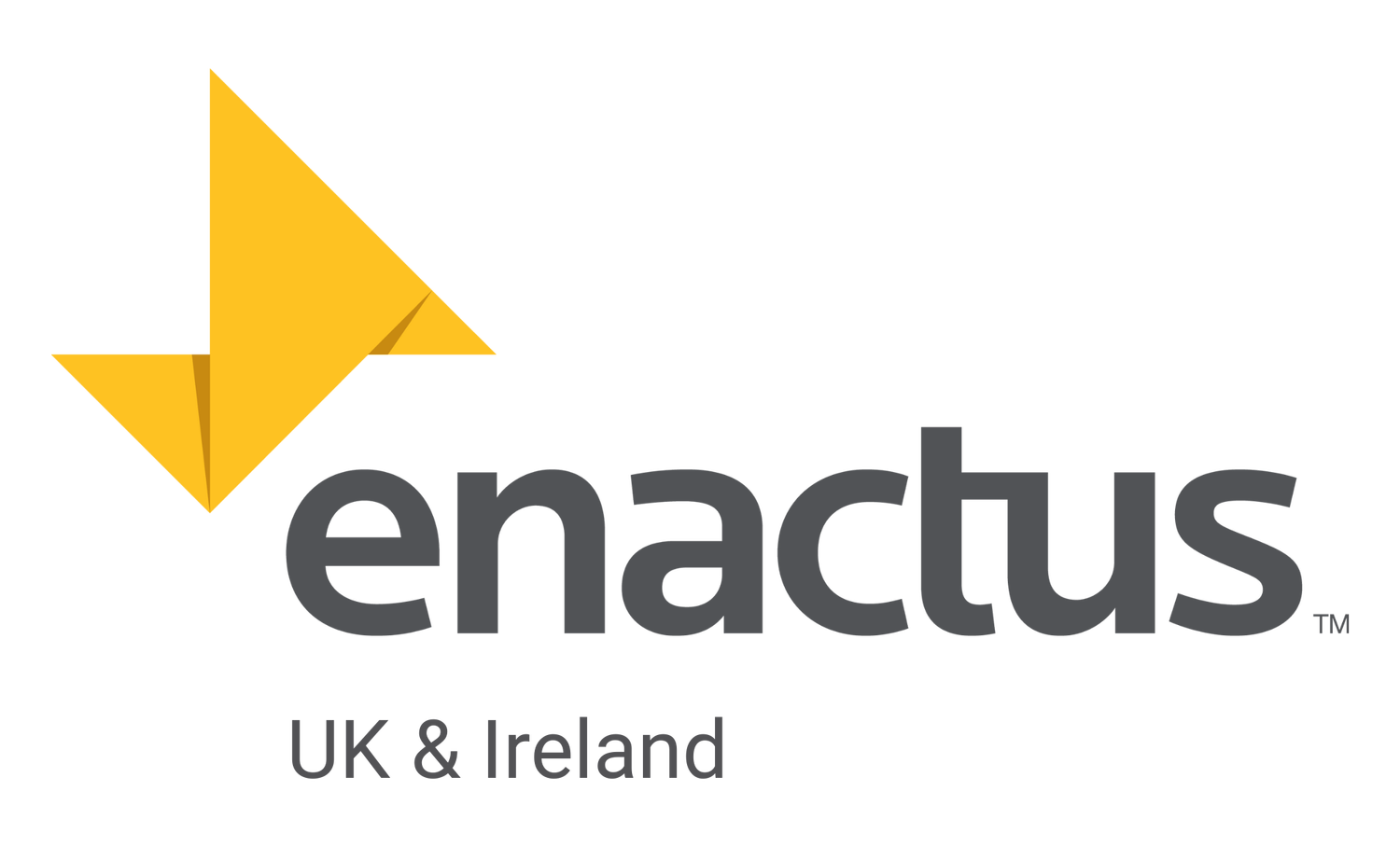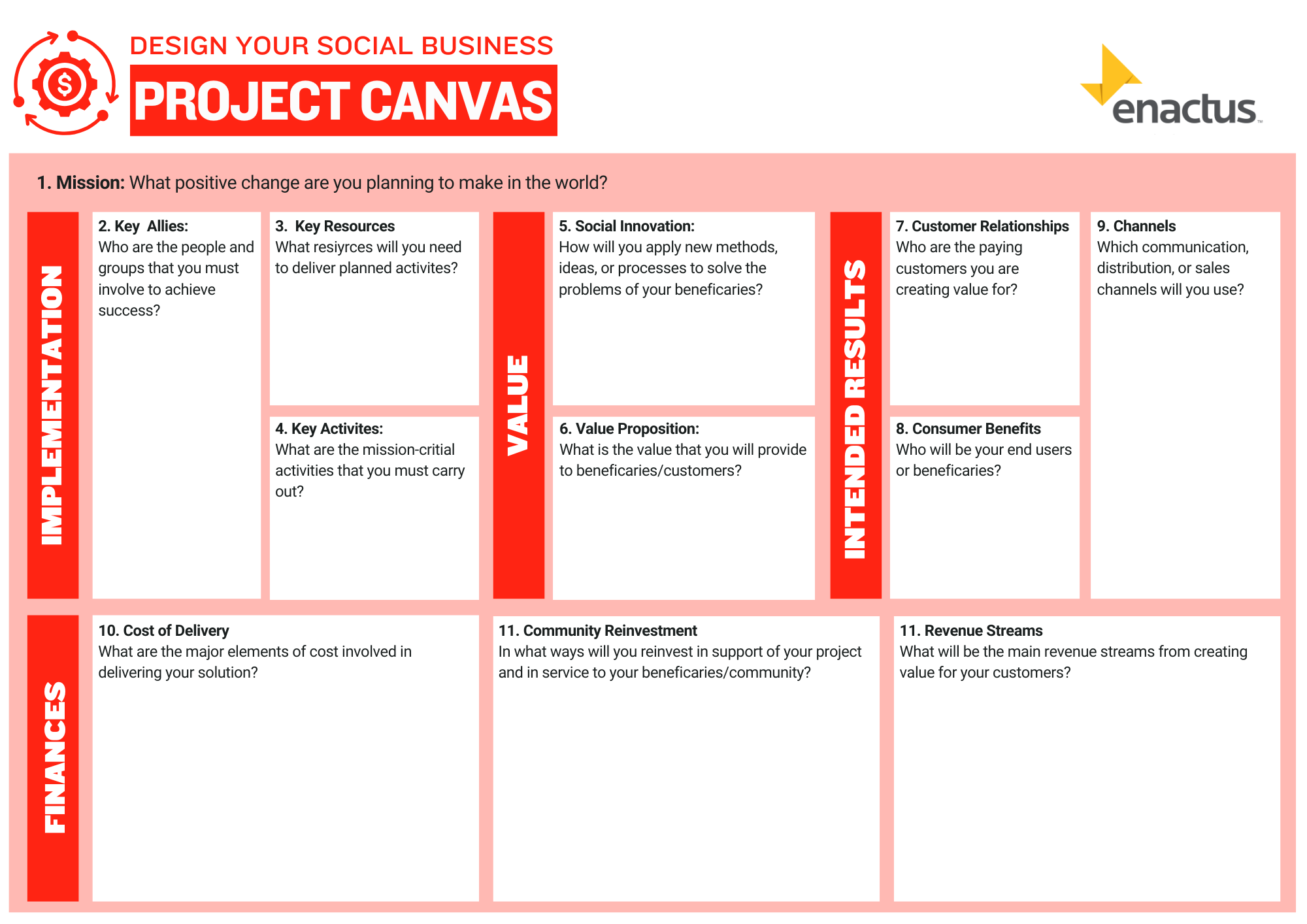
Bentley iTwin4Good
Virtual Developer Programme
Week 6: Planning for Sustainability & Preparing to Submit
Welcome to Week 6!
This week is all about strengthening your project’s foundations - both in terms of how your solution could be sustained long-term, and how to communicate your work clearly in your final submission.
We’ll walk you through business models, key components of the finals application, and how to use the judging criteria to refine your submission.

Session Recap

Business Models For Social Impact
A strong solution isn't just technically sound—it’s sustainable. This week, we’re exploring different ways to fund and operate your idea over time.
-
What is it?
Charge one group more to subsidise services for another - “Buy One, Give One” Style.
Who it helps:
Makes your solution accessible for underserved users while staying financially viable.
Example:
A smart water-monitoring app could charge commercial developers or university estates a licensing fee and use that income to provide free access to rural councils or low-income communities struggling with water quality issues. -
What is it?
A business or project that’s owned and run by its members - whether that’s a community, workers, or users. Profits are reinvested, not extracted.
Who it helps:
It empowers communities and builds long-term sustainability through shared ownership.
Example:
A group of small local councils could co-own and manage a shared iTwin-based flood monitoring system, where each contributes data, shares costs, and benefits from real-time insights — all governed collectively. -
What is it?
Offer a basic version of your service or product for free, with premium features or support available at a cost.
Who it helps:
Attracts users easily and builds trust, while generating income from those who want more advanced access or features.
Example:
A digital twin platform for tracking bike parking and EV charging offers free basic access for students and residents (e.g., space availability).
Premium version for universities or local authorities includes analytics dashboards, real-time reporting, and integration support. -
What is it?
Charge users a recurring fee (weekly, monthly, or annually) to access your service or product.
Who it helps:
Provides a steady, predictable income stream and helps build long-term relationships with users.
Example:
An iTwin-powered building energy monitoring app that helps schools or SMEs track and reduce energy use.
Users pay a monthly subscription to access analytics, receive automated reports, and get personalised energy-saving recommendations. -
What is it?
Users pay what they can afford - or what they believe the service is worth. It’s rooted in trust and accessibility.
Who it helps:
Reduces barriers to access while still generating voluntary income and building community goodwill.
Example:
A digital twin-powered urban heat or air quality monitoring app is offered to communities on a donation or flexible pricing basis, allowing low-income councils or community groups to access the tool, while larger organisations contribute more to support sustainability. -
What is it?
Offer different pricing packages depending on the user type, usage level, or features required.
Who it helps:
Allows wider access while still maximising revenue — different users can pay according to their needs and capacity.
Example:
An iTwin-powered waste and recycling tracking app offers:
• Free access for local residents
• Basic subscription for community organisations
• Premium dashboard & data integrations for city councils or large facilities -
What is it?
Sell your solution directly to other organisations, companies, or institutions rather than individuals.
Who it helps:
B2B models often mean fewer customers, but larger contracts, long-term partnerships, and stronger pathways to scale.
Example:
A team develops a digital twin platform to help city councils monitor and optimise energy usage across public buildings. The product is offered as a licensable service to local authorities or campus teams.
💡 Remember: You don’t need a full business plan yet - but thinking about sustainability now will strengthen your project and help with the judging process.
Lean Business Model Canvas
The Lean Business Model Canvas is a great tool to map out your financial sustainability plan.
How to Use the Lean Business Model Canvas
1️⃣ Problem: What problem are you solving?
2️⃣ Customer Segments: Who are your target beneficiaries and paying customers?
3️⃣ Value Proposition: What unique value does your project provide?
4️⃣ Revenue Streams: How will you generate income?
5️⃣ Cost Structure: What are your main expenses?
6️⃣ Key Activities: What actions are necessary to make your project work?
7️⃣ Key Partners: Who can support your project (funders, organisations, etc.)?
You’re not required to submit a completed canvas, but it’s a great tool to clarify your thinking.
iTwin4Good CompetitionSubmission
Deadline: Thursday 10th of July, 11:59 PM
This is it—the final step of the iTwin4Good Virtual Developer Programme!
Your submission will determine whether your project is selected as one of the Top 5 teams invited to pitch at the in-person iTwin4Good Finals taking place on 30th July at Bentley HQ in London.
This is a mandatory submission in order to complete the programme.
Deadline: Thursday 10th July at 11:59 PM
Due to the tight turnaround between shortlisting and preparing finalists, extensions will only be considered in cases of mitigating circumstances.
Who Needs to Submit?
Every individual must fill out the submission form, whether you're working solo or in a team.
This helps us:
Verify your iTwin Developer Associate accreditation
Collect any access/dietary requirements for the finals
Gather individual feedback and reflections
One person per team must submit the full project details on behalf of the group.
The remaining team members can select:
➡️ “Our team member has already submitted” to bypass project duplication.
If you are submitting as a team, only one person in the team needs to complete the submission, but every team member must complete the form.
If you have any questions, reach out in your WhatsApp group or check the FAQs.

